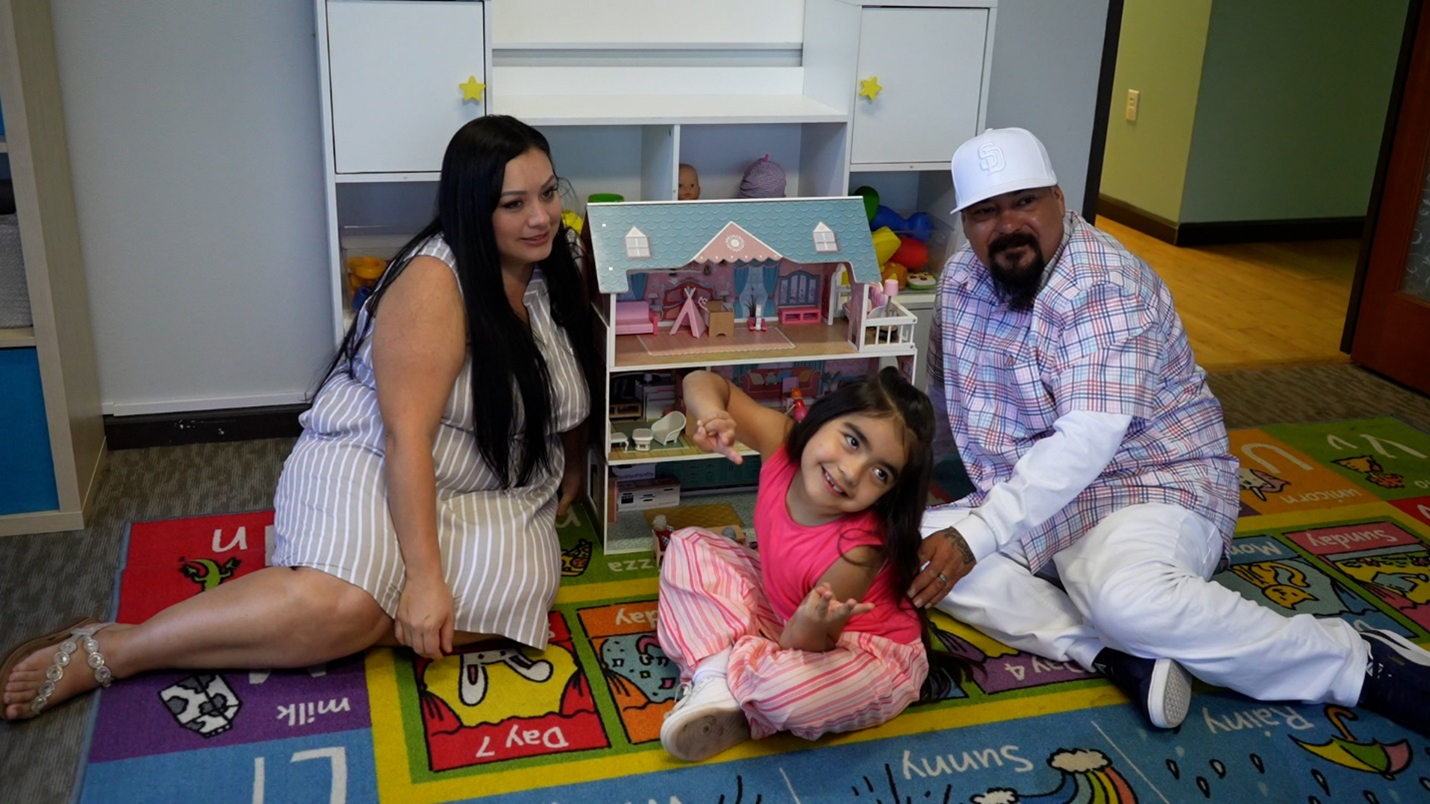Every year, thousands of children pass through the San Diego County foster care system.
These are children who, by no fault of their own, cannot remain safely at home. They receive support from countless professionals and community members who are committed to making sure they have a bright future.
This May, we recognize the needs of San Diego foster youth, as well as the foster parents, family members, mentors, community partners, child welfare professionals and policymakers who provide them the support and tools to live fully and succeed later in life.
Focusing on Our Youth
May was first declared National Foster Care Month in 1988. Since then, May has been a time to acknowledge the contributions of foster caregivers and the needs of youth currently in foster care and those who have aged out of foster care.
According to the County of San Diego Department of Child Welfare Services, San Diego County has more than 2,000 youth in the foster care system. Each child is faced with challenges that many of their peers could never imagine.
Take San Diegan and foster youth Anna, for example. Seventeen-year-old Anna has been involved with the San Diego Youth Services Youth Emergency Shelter five times during the past three years. Anna and her family have struggled with homelessness since she was 10, living on the streets of San Diego, in numerous family shelters and “couch surfing” between friends. Additionally, Anna was suspected of being involved in sex trafficking as a teenager.
During her final stay with San Diego Youth Services, she worked with staff to pursue more permanent solutions and started therapy through the organization’s Counseling Cove program. Recently, Anna was awarded her dependency by the court system and is now living with a foster family. She has since graduated from high school, has a part-time job and plans to begin community college.
Anna’s success story is both an example of what’s possible and a reminder of how small the window is between prosperity and poverty.
Each year, San Diego youth are forced out of foster care because they “age out” and are no longer eligible for services. These young San Diegans often have no place to go or support system to lean on.
In fact, according to the Public Policy Institute of California, children who “age out” of foster care are some of the most vulnerable – they fare poorly on educational and employment outcomes, are at higher risk for becoming homeless, and have a greater chance of entering the criminal justice system.
Building a Brighter Future
The San Diego Foundation, in partnership with dozens of organizations and community leaders, is working to create systems change so that all current and former foster youth are afforded the support and opportunities.
Through the Strong Families, Thriving Communities program, The Foundation is identifying systemic issues that impact the quality of life for youth and families involved in the foster care and juvenile justice systems. The recently-released Blueprint for Action is a vital step toward a better future for all San Diegans.
This Foster Care Month, help build a brighter future for San Diego youth by supporting the Strong Families, Thriving Communities program.



